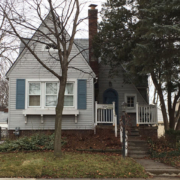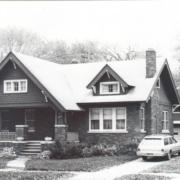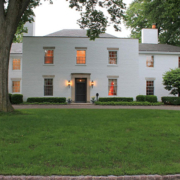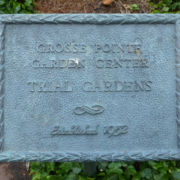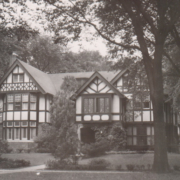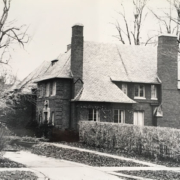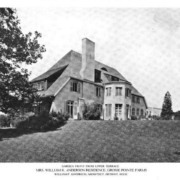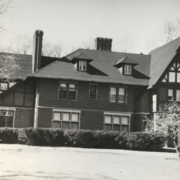Historical Architecture of Grosse Pointe – Grosse Pointes Kit Homes – Part 2
Last week we told the story of the authenticated kit homes in Grosse Pointe. We already knew about the existence of a kit home in the community – 849 Notre Dame, and thanks to a superb blog ‘American Kit Homes’ we were alerted to an additional authenticated kit home – 1100 Bishop, along with several “probable” kit homes that exist in the Pointes.
We use the word “probable” because these homes have yet to be authenticated. Given that none of the traditional kit house companies are still in business, and because many of the kit home records were either lost or destroyed it can be extremely difficult to authenticate these homes. It is these “probable” kit homes we now turn our attention to in parts 2 and 3 of the Kit Home series.
Identifying Kit Homes
The majority of the kit homes found in North America were constructed using large amounts of lumber. ‘Every separate piece of lumber was stamped (using numbers and letters), shipped, and cut to fit its particular place in the house.’ Source: Wikipedia. This eliminated the need for measuring and cutting the wood on site, thus reducing construction time.
The stamped lumber can be used as a potential source of authentication to identify many of the kit homes constructed prior to 1930. ‘It is most easily found in unfinished spaces like a basement or attic, framing members were stamped with a letter and a number. However, prior to 1916 many companies, such as Sears Modern Homes, did not stamp the lumber that was shipped Source: Wikipedia.
Another clue is matching the style of the houses to the product pages in the catalogues issued by the manufacturing companies. It is this method; based on research found on ‘American Kit Homes’, which also includes additional research by Ben Gravel, that allows us to share these potential Sears Modern Homes with you –
Sears Modern Homes
Sears Catalogue Homes (sold under the Sears Modern Homes name) were introduced in 1908 and sold through the company’s mail order catalogue until 1942. The Sears Catalogue, through which the homes could be purchased, offered 370 different models in various architectural styles.
Because Sear’s mail-order catalogs were sent to millions of homes, large numbers of potential homeowners were able to open a catalog, see numerous house designs, and visualize their very own ‘Modern Home’. It is believed there are over 400 Sears Kit homes in Michigan, with the majority located in the Southeastern area of the state. Source: Kit House Hunters.
1820 Brys – Grosse Pointe Woods – built in 1927, is a “probable” Sears Vallonia Kit Home.
One of the most popular bungalows offered by Sears was the Vallonia. Introduced in about 1921 the Vallonia reflects the Craftsman architectural style, which was extremely popular during this era. Like many Sears homes it was available with five or eight rooms, plus bath. The five-room option had an unfinished attic, while on the eight –room option; the attic was furnished to accommodate three additional bedrooms – as depicted in the catalogue page below.
One of the tell-tale signs on this model is the column detail, as depicted in the up-to-date photo below.

Image courtesy of: www.searshomes.org
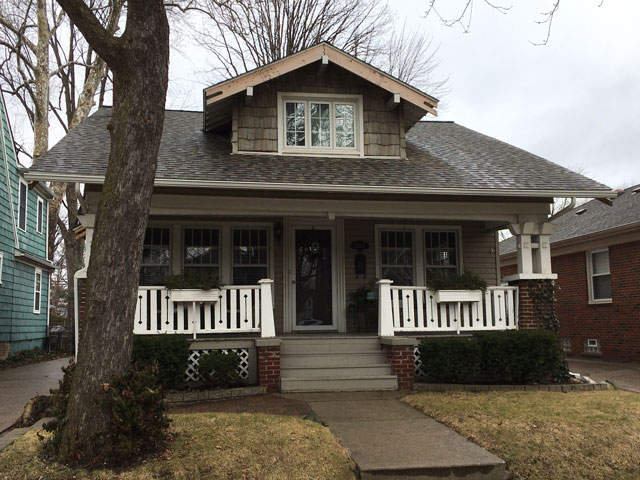
Image courtesy of: Katie Doelle
1804 Brys – Grosse Pointe Woods – built in 1930, is a “probable” Sears Mitchell Kit Home.
At the time of construction English Cottage style of architecture was very popular. The Mitchell Kit Home is reminiscent of this approach, with its high-pitched roof, ‘rustic appearance’, prominent gable on the front façade, and Cotswold Cottage style chimney. We believe this model came with a single option for the floor plan – five rooms and a bath – as depicted in the catalogue page below. The floor plan, on the page below, also matches the homes spec we have in our archives (from 1992), thus potentially adding further evidence to this house being a Sears Mitchell Kit Home.
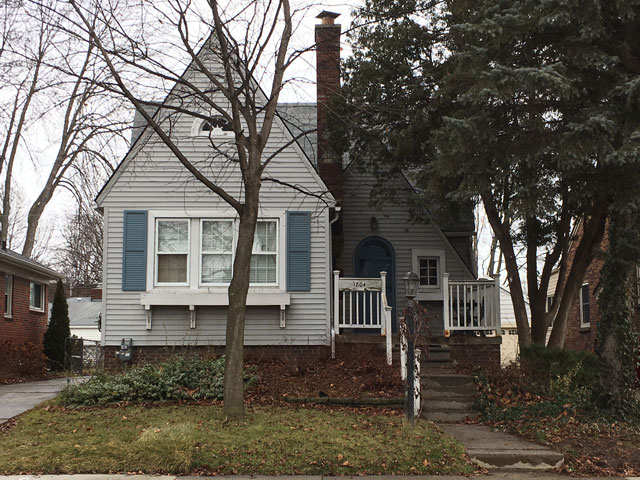

Image courtesy of: www.searshomes.org
It is wonderful to know we have two authenticated kit homes in Grosse Pointe, and exiting to think there are several more “probabilities” out there, as those listed above.
There are many blogs that are dedicated to tracking down the kit homes in North America, including ‘Kit House Hunters’, and ‘American Kit Homes’ (to name but a few) both of which offer some rather fascinating research on this topic.
We will conclude our Kit Home series next week with part 3 – introducing you to three further “probable” Kit Homes manufactured by competitors to Sears, including a potential very rare model in the Park.
*Photos courtesy of the Higbie Maxon Agney archives unless stated.
Written by Katie Doelle
Copyright © 2017 Katie Doelle

